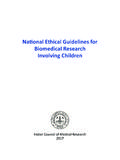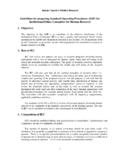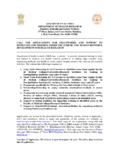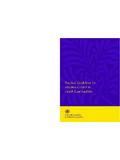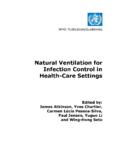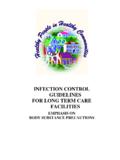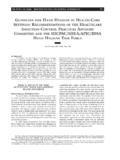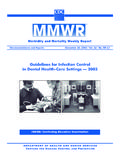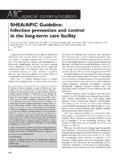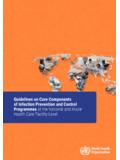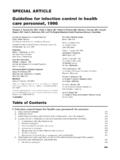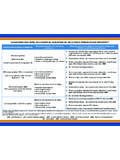Transcription of Hospital Infection Control Guidelines - icmr.nic.in
1 Hospital Infection Control Guidelines Foreword It is my privilege to write this foreword for the manual on Hospital Infection Control Guidelines prepared by Indian Council of Medical Research Antimicrobial Stewardship Program. Proper implementation and practice of policies and procedures on Infection Control by healthcare providers is a highly effective strategy in reducing Hospital acquired infections . The Infection Control policies and procedures, when consistently applied and integrated into all systems and processes result in significantly reduced Infection rates thus reducing the morbidity and mortality due to Hospital Acquired infections (HAIs). Practicing good Infection Control measures can significantly reduce patient morbidity and mortality in hospitals and has been proven to be cost effective as well.
2 Efforts at preventing healthcare associated infections in hospitals remain an ongoing and difficult challenge in the medical care settings in India. ICMR s Hospital Infection Control Guidelines document is intended to assist healthcare providers to adhere to best practices in the Control of Hospital acquired infections . The document covers the basic principles of Infection Control , role of health care workers, bio waste management and elaborates on the steps to be followed for setting up of an effective Infection Control in hospitals. It is my sincere hope that all relevant parties will adopt the various recommendations set out in this guideline for more efficient and effective Infection Control in our hospitals, thereby minimizing the healthcare associated Infection rates in our hospitals. I am optimistic that over the years this manual will become a reference document and will be followed by hospitals across the country to bring down their Infection rates and enhance quality of patient care.
3 I compliment the contributors and ICMR team for this effort. Dr Soumya Swaminathan Secretary, Department of Health Research Director General, Indian Council of Medical Research i CONTENTS Page no. i. List of abbreviations iv 1. Introduction 1 2. Components of Infection Control practice in healthcare settings 1 2a. Objectives 1 2b. Universal precautions 2 2c.
4 Barriers of infections 3 2d. Categories of Infection Control practices 3 i. Standard precautions 4 ia. Hand hygiene 4 ib. PPE 8 ic. Prevention of needle stick injury 16 ii. Transmission based precautions 18 iia. Air borne 19 iib.
5 Droplet 22 iic. Contact 24 iid. Strict isolation 25 3. Epidemiologically important organisms 27 3a. Clostridium difficile 27 3b. MDRO 28 3c.
6 Agents of bioterrorism 30 4. Hospital acquired Infection 31 4a. Microbiology of Hospital infections 31 4b. Types of nosocomial infections 32 4c. Diagnosis and Control of infections 33 4d. Nosocomial respiratory infections 35 4e.
7 Blood stream infections associated with intravascular devices 35 ii 5. Management of patient outcome 41 6. Patient placement and transportation of patient 45 6a. Patient placement 45 6b. Transportation of patient 46 7. Care of health-care workers 46 7a. Response of health-care facilities 53 7b.
8 Risk associated with health-care settings 54 7c. Vaccination of healthcare workers 54 8. Collection and transportation of specimens for microbiological investigations 55 8a. Collection, transportation and storage Guidelines 55 8b. Specific procedure for collection of specimens 57 9. Biomedical waste management 63 9a. Waste generated in hospitals 63 9b. Quantity and type of biomedical waste 64 9c.
9 Principles of waste management 65 9d. Treatment of hazard and clinical infectious waste 65 9e. Methods of disposal 65 9f. Management of blood and body fluid spills 66 10. Cleaning, disinfection and sterilization 68 10a. Cleaning 68 10b.
10 Disinfection 70 10c. Sterilization 72 11. Measures of environmental management 75 11a. Premises/buildings 75 11b. Air 75 11c. Water 77 12. Cleaning of Hospital environment 77 13. Healthcare associated Infection surveillance 83 iii 13a.
